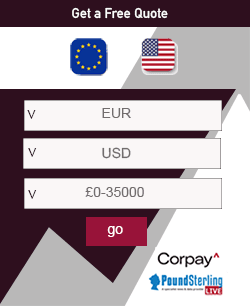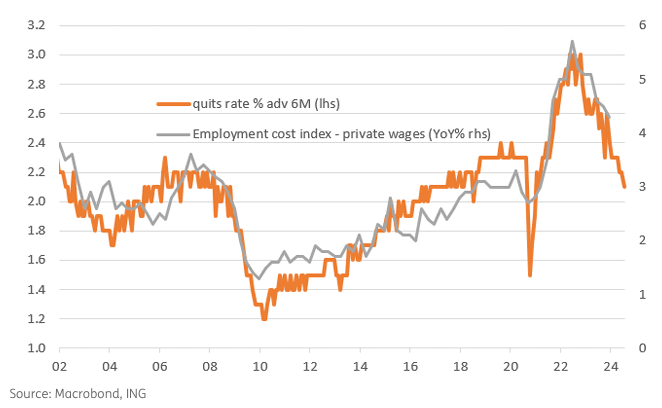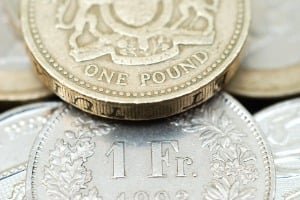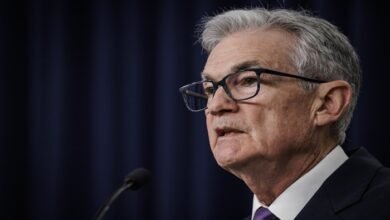Euro-Dollar Pushes the 1.09 Marker

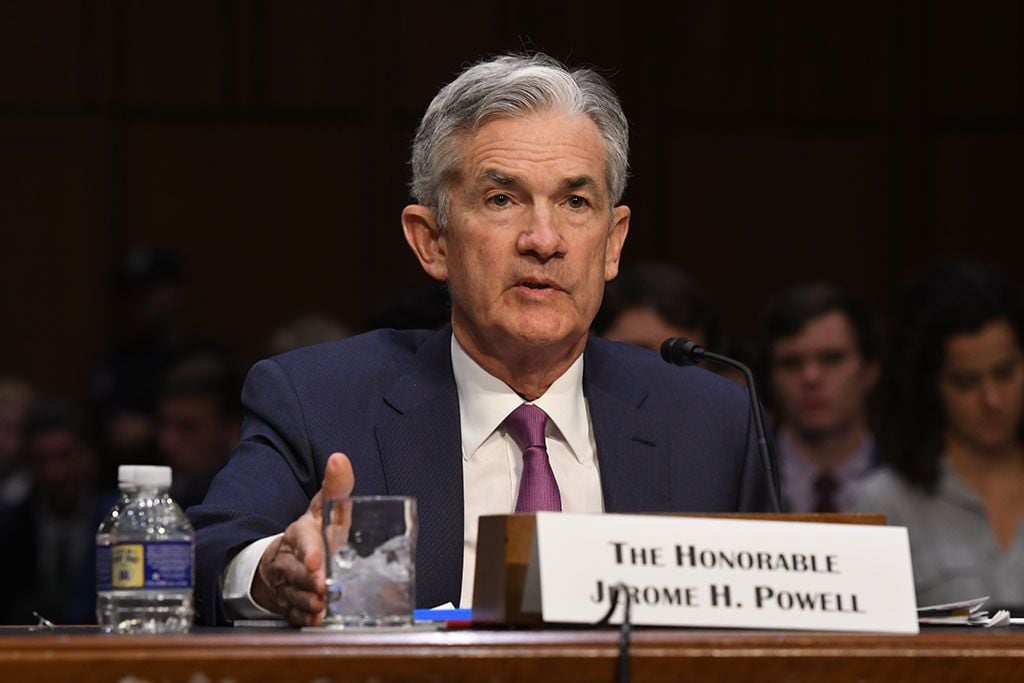
Image © Federal Reserve
The Euro to Dollar exchange rate enters the ECB decision with a wind in its sails thanks to softer-than-expected U.S. data and commentary from the U.S. Federal Reserve’s Chair.
EUR/USD rose above the 1.09 level on the day the Chair Jerome Powell emphasised to U.S. politicians that the next interest rate move will be down, although there is no rush to do so.
The exchange rate has since retreated to 1.09 as investors pare exposure ahead of the European Central Bank’s decision and guidance, due midday.
But analysts are clear: for now, it looks as though the USD is the dominant currency in this pair, and this is, in turn, dependent on Fed rate cut expectations and fresh signs of the U.S. economy slowing down, finally.
Analyst Antje Praefcke at Commerzbank says the market interpreted Powell’s statements to members of the House as being consistent with a June rate cut, confirming the 2024 trend of pushing back against cuts might have run its course. (The market started 2024 anticipating rates would be cut at this month’s Fed decision).
“The market interpreted Powell’s statements as dollar-negative, presumably against the backdrop of weaker US figures in recent days, with the result that EUR-USD broke through the 1.09 mark yesterday afternoon,” says Antje Praefcke, FX Analyst at Commerzbank.
Dollar exchange rates were broadly weaker on the day a U.S. job survey revealed fewer people are quitting jobs each month to pursue higher-paid prospects, a development that suggests businesses no longer feel the need to splash the cash to attract and retain talent.
With this in mind, although Powell’s appearance before U.S. lawmakers attracted most of the media attention, the Job Opening and Labour Turnover Statistics (JOLTs) report likely had bigger implications for financial markets.
“We are more interested in the quit rate – the proportion of workers quitting their job to move to a new employer each month – and that slowed to 2.1% from 2.2%. It had been as high as 3% in 2022,” says James Knightley, Chief International Economist at ING.
He explains this slowdown suggests that while there are still many vacancies out there, they aren’t especially attractive, and fewer and fewer people are interested in filling them.
“This has a knock-on effect in that if there is less labour market churn there is less need for an employer to pay up to retain staff,” says Knightley. “Falling quits ratio suggests more heat is coming out of the jobs market with cost pressures set to ease further.”
Therefore, Euro-Dollar’s rise above 1.09 is largely a result of the Dollar pullback from its 2024 outperformance.
“We have repeatedly pointed out in recent days that the USD’s upside potential is likely to be slowly exhausted, as it would take surprisingly good data – which has not been published recently – to give the dollar an additional boost,” says Commerzbank’s Praefcke.
“At the same time, the image of a soft landing for the US economy has begun to crack. Which is why, in my opinion, weaker-than-expected figures are likely to weigh more strongly on the dollar than positive data provide support,” she adds.
Track EUR/USD with your own custom rate alerts. Set Up Here
EUR/USD rose to 1.0876 on Tuesday after the U.S. ISM services PMI read at 52.6 in February, down on January’s 53.4 and below consensus expectations for 53.
The composite index indicated growth in February for the 14th consecutive month after a reading of 49% in December 2022, the first contraction since May 2020.
Meanwhile, the Employment Index contracted for the second time in three months, reading 48%, a 2.5-percentage point decrease from the 50.5% recorded in January.
All eyes now turn to the non-farm payroll report, one of the marquee events in the Dollar’s monthly calendar, where investors will be eyeing clear signs of a jobs market slowdown.
Source link

